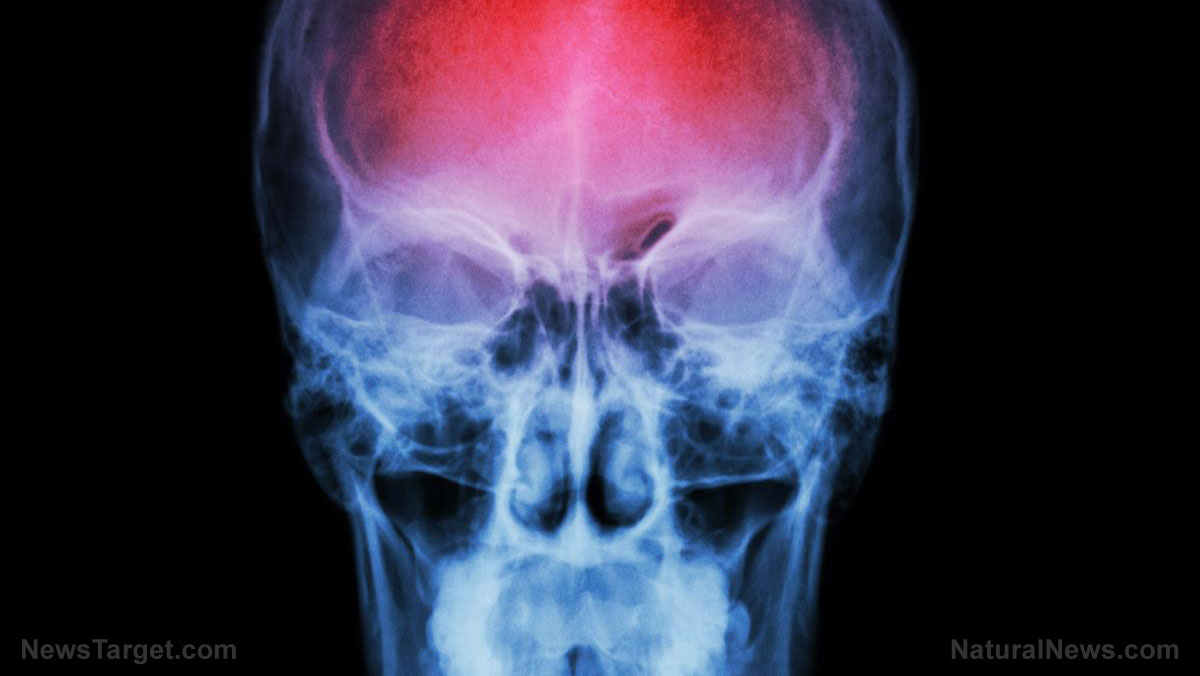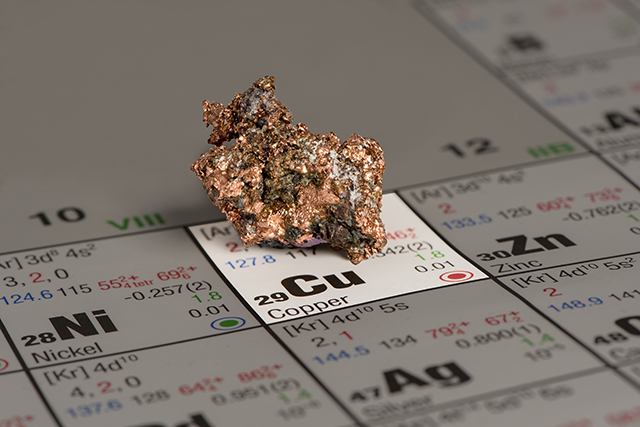
Heart attack is not a one-time phenomenon; it can occur again without proper intervention. Sometimes, it even occurs silently, without the person becoming aware that his or her heart has already sustained injury. While other artery-related events can lead to its occurrence, the most common cause of heart attack is coronary artery disease (CAD).
CAD is a type of heart disease characterized by the narrowing and hardening of blood vessels called the arteries. The arteries supply oxygen-rich blood to the heart muscle. When plaques composed of cholesterol and other substances build up in the walls of the arteries – a condition known as atherosclerosis – blood flow to the heart becomes restricted. This starves the heart muscle of oxygen and nutrients, damaging or killing a portion of it. This series of events causes a heart attack. (Related: Learn how you can avoid heart attack with Natural News’ new book, Prevent and Reverse Heart Disease and Cardio-related Events.)
The consequences of a heart attack
Most people who experience a heart attack survive the event. After the attack, the heart muscle gradually starts to heal itself by forming scar tissue in the damaged area. While the heart is a resilient organ and will continue to function despite having injured parts, it may still be weakened by the damage and may not pump blood as effectively as it once did.
CAD can also contribute to adverse events. Over time, CAD weakens the heart muscle, which can lead to heart failure or abnormal beating rhythms known as arrhythmia. In the U.S., CAD, the most common cause of heart attack, is also the leading cause of death in both men and women.
Heart attack is preventable, and the damage it causes can be limited by adopting healthy lifestyle changes. (Related: To know what kind of changes you need to make to improve your heart health, read our new heart-friendly book!)
Lifestyle-related contributors to heart attack
Having an unhealthy lifestyle increases your risk of developing heart disease and having a heart attack. More often than not, the choices you make compromise your health in ways that do not make themselves known until later in life. The following factors contribute to the occurrence of heart attack at a later age.
Unhealthy diet
The foods you eat have a huge impact on the health of your organs, especially the heart. According to studies, diets that contain high amounts of saturated fats, trans fats, and cholesterol are linked to heart-related conditions like atherosclerosis. Atherosclerosis plays a huge role in heart attack, so preventing the development of this condition is important. Eating foods that contain too much sodium can also cause high blood pressure, which can damage blood vessels. (Related: For a guide to a heart-healthy diet, check out our newest book about heart disease prevention and more.)
Excessive smoking and drinking
Cigarette smoking is a risk factor for heart disease. The nicotine in cigarettes increases blood pressure, which can injure the heart and blood vessels. Smoking also increases the amount of carbon monoxide (CO) in the blood, which decreases the amount of oxygen that the blood can deliver throughout the body. Alcohol also has similarly negative effects. Excessive alcohol consumption results in high triglyceride levels and irregular heartbeats. Triglycerides play a causal role in CAD – the most common cause of heart attack.
Physical inactivity
There is a reason why regular exercise is an important component of a healthy lifestyle. Studies show that 150 minutes of moderate-intensity physical activity each week can reduce a person’s cholesterol levels, blood pressure, and weight. On the other hand, a sedentary or physically inactive lifestyle can increase the risk of health conditions that serve as risk factors for heart disease, such as hypertension, hyperlipidemia, and diabetes.
Stressful environments
Constantly being in stressful environments also contributes to the risk of heart disease. In particular, researchers have linked high stress levels with coronary heart disease. Too much stress can cause a person to overeat, start smoking, or smoke more than the usual – activities that can affect the risk factors for heart disease and stroke. In addition, studies have revealed that stress reaction in young adults is a predictor of hypertension risk in middle age.
Poor diabetes management
Type 2 diabetes is a known risk factor for heart disease. According to statistics, about 68 percent of diabetics over the age of 65 die due to some form of heart disease. Diabetics are also more prone to developing heart problems as their condition leaves them vulnerable to risk factors such as hypertension, high cholesterol, physical inactivity, and obesity. In addition, high blood sugar damages the nerves, reducing their ability to feel pain. This puts diabetics at a greater risk for silent heart attacks. (Related: Get tips on how to avoid silent heart attacks and other heart-related conditions from our new book!)
The threat of a heart attack doesn’t have to be a permanent part of your life. With the help of Natural News’ new book, Prevent and Reverse Heart Disease and Cardio-related Events, you can control – and even prevent – the risk factors for heart disease through proper lifestyle and diet changes. Let this book be your guide to improving your heart health so you can live a happier, healthier, and more satisfying life.
Sources include:
Prevent-And-Reverse-Heart-Disease.NaturalNews.com
Please contact us for more information.























